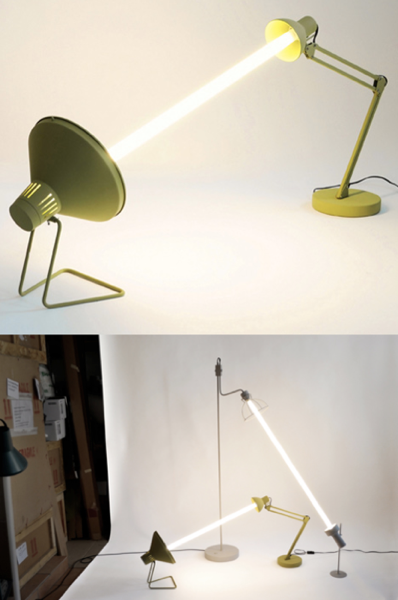
Relumine by Mischer’Traxler…
(Via inspire me now)
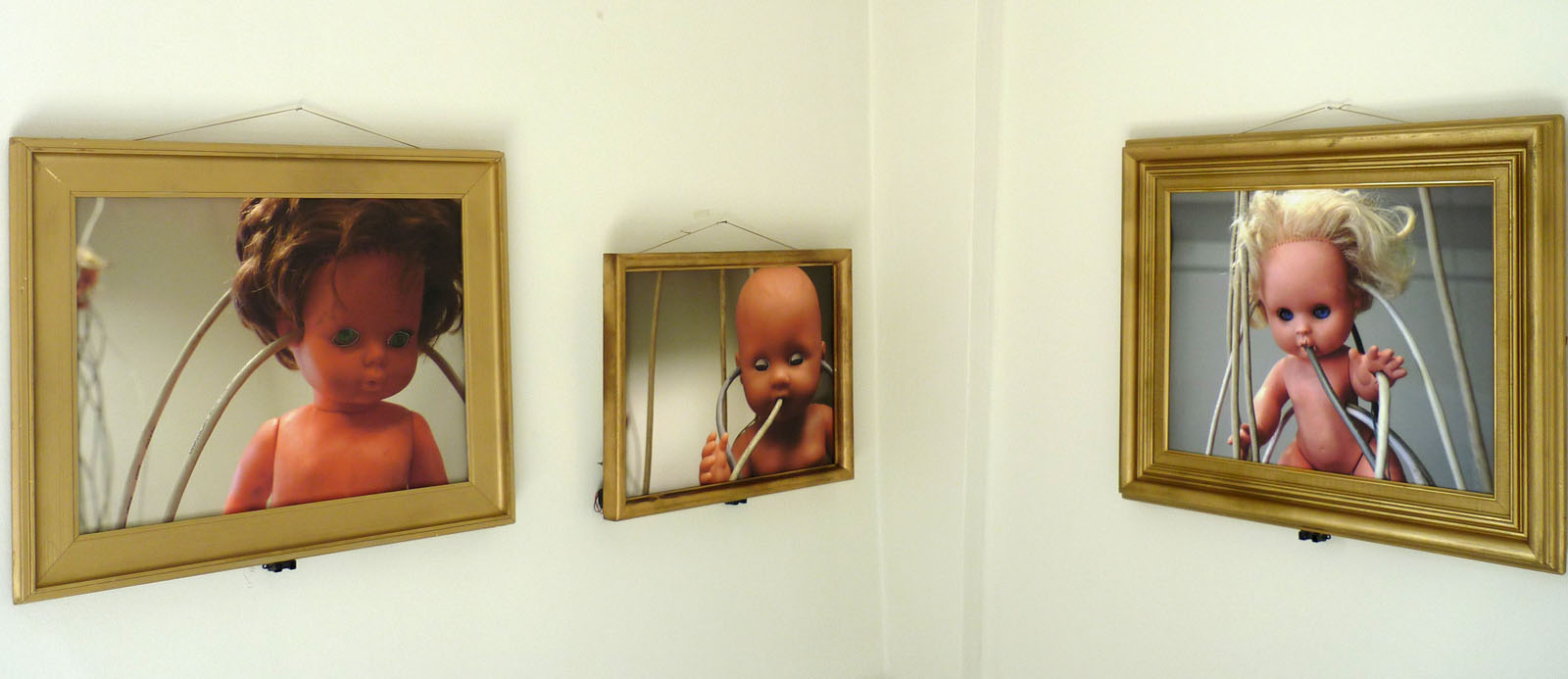
Augmented Photography is a project by Varvara Guljajeva:
“When it is spoken about interactive or augmented photography then immediately one has in mind the representation of photos in digital format (on computer or phone screen, projection, etc) that are manipulated through software or any other code. Yes, the interactive pictures can react on our touch, voice, weather, or whatever. But those interactive photos are still just pixels.
My artwork – Augmented Photography – is not about pixels. It is about re-thinking printed photography. Current artwork is more than a framed picture – it has its behavior and it is able to react on observers.
I am adding liveliness to a doll on the picture through eye movements. If none is looking at the picture the doll’s eyes are closed. Only time-to-time, she is waking up and asking for attention. When the photograph is approached, the doll on the picture opens her eyes and starts to blink to a viewer or just stare on him/her for a while. Hence, the artwork has different behaviors that could be explored by observing the picture for a while.”
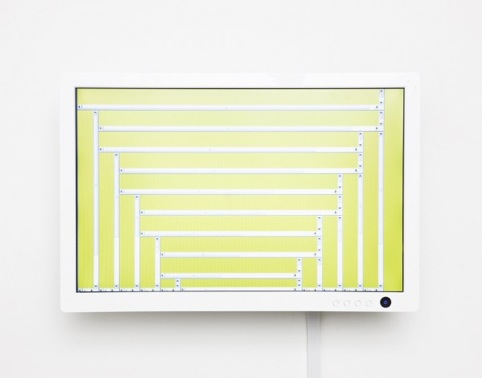
Kim Si Nae‘s Browser Abstract…
Citizens of the world are spending their lives staring into the reflective surfaces of their mobile phones and desktop computers. I think that social context determines the value of the media, tendency itself of dispaying medium have to be thought as social message.
For me, the digital canvas is another representation tool. Browser is not only the way it looks but also an inevitable basis of existence in the new space. If the history of fine art is against the frame of canvas, new painting will be founded on the browser, a element of being. In the past, inherent trait of painting reveals through the recognitions and enactments of medium. As the tool and matarial,we have to reconsider the new medium.’
(via i like this art)

Before Brian De Palma became a movie director he made documentaries. This one is called “The Responsive Eye” and chronicles the Museum Of Modern Art’s 1965 exhibition of Op-Art…
[via]

Hunter Jonakin’s video game Jeff Koons Must Die!!!
“Jeff Koons Must Die!!! is made up of a fabricated 80’s style stand-up arcade cabinet, and a simulated digital environment presented in a first-person perspective. Viewers must pay twenty-five cents to play the game and the virtual environment is traversed with a joystick and two arcade buttons. The premise of the video game is to allow the viewer to virtually destroy work by the artist, Jeff Koons.”

Last Expo is a collection of photographs taken of orphaned art in its final resting place. It’s a commemorative album of forgotten human imagination.
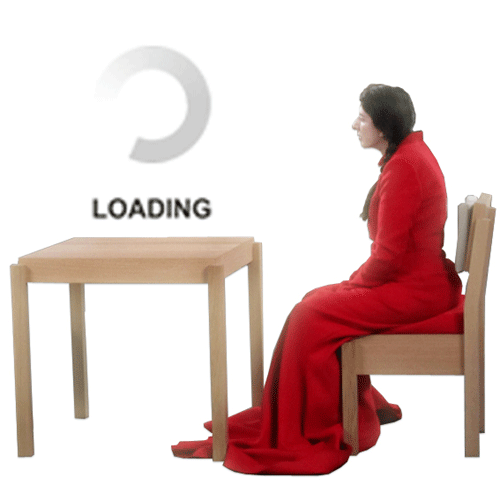
[found here]
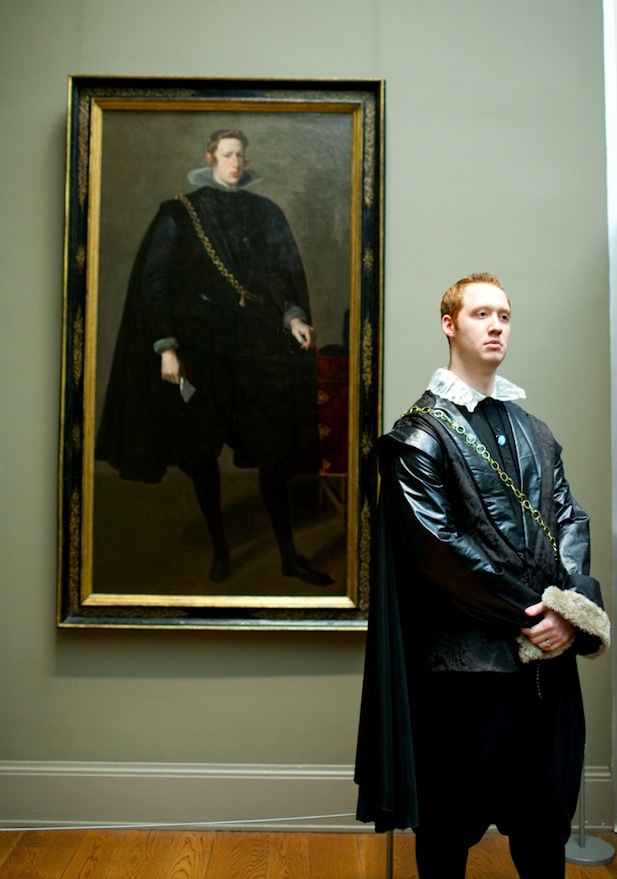
From “the prank collective” Improv Everywhere: King Philip IV of Spain autograph signing:
“For our latest mission we staged an unauthorized autograph signing in the Metropolitan Museum of Art with an actor who bears a striking resemblance to King Philip IV of Spain. Standing in front of the 400-year-old Velázquez painting, the “King” greeted museum patrons and offered free signed 8×10 photos.”
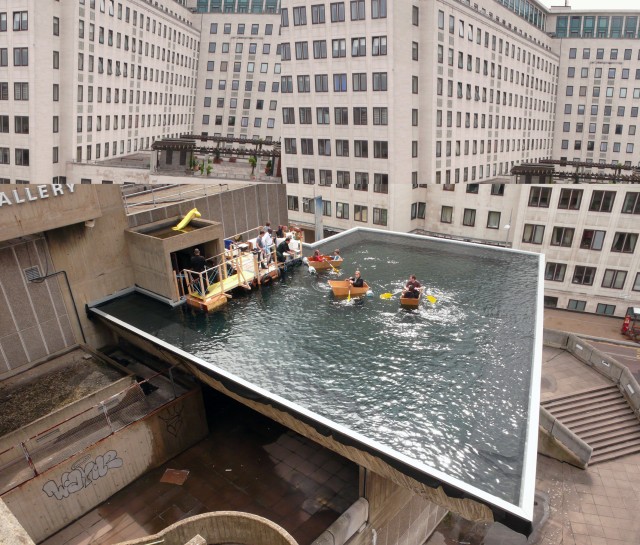
In 2008, the roof of Hayward Gallery, London, turned in to a pond for boating by artist Gelitin. The work is titled ‘Normally, Proceeding and Unrestricted With Without Title’.
[via lustik]

Vi sarà capitato di vederla. Digitate male un indirizzo internet, finite su un dominio che ha un nome simile, ma non proprio identico, e spesso compare lei, la studentessa bionda. Per qualche motivo, è diventata una specie di tradizione quella di mettere la sua foto sulle home page dei “domini parcheggiati” (ossia comprati ma non utilizzati, o utilizzati solo per piazzare pubblicità), una pratica che si chiama domain parking, in alcuni casi typo squatting.
La fotografia, scaricata da una delle tante “banche” di immagini disponibili online (in questo caso, iStockPhoto) ha circolato talmente tanto da spingere molti a fare delle ricerche sulla ragazza, sullo scatto e sulle ragioni della sua onnipresenza. Le prime notizie vengono date dallo stesso fotografo, Dustin Steller, che esce allo scoperto dichiarando di aver uploadato l’immagine nella banca dati di iStockphoto nel 2005 e aggiungendo che la ragazza nell’immagine non è altro che sua sorella Hanna (“è sposata felicemente”, precisa, rispondendo alle decine di ragazzi che si dichiaravano suoi pretendenti).

A spiegare il perché di tanta diffusione, ci pensa questo sito, che individua come responsabile la Demand Media, un’azienda americana che ha come core business proprio quello di acquistare domini e parcheggiarci un sacco di pubblicità sopra. Una pratica molto vicina allo spam, ma del tutto legale. Pare che sia stata proprio la Demand Media a piazzare la studentessa bionda in centinaia di siti, seguita poi da molti altri.
Naturalmente, la diffusione virale di un’immagine porta con sè un effetto collaterale inevitabile: l’appropriazione e la reinterpretazione della stessa. E così via a parodie e versioni modificate. Poi, qualche volta, arrivano anche gli artisti. Il californiano Parker Ito, con una classica operazione da artista “Post Internet”, e non senza dichiarate influenze warholiane, ha deciso di commissionare una serie di dipinti tratti dalla famosa fotografia tramite orderartwork.com, un sito cinese che fa “oil paintings on demand”. Un’icona sconosciuta, dipinta su commissione da pittori sconosciuti.

No words to describe this. David O’Reilly is a genius. End of story.
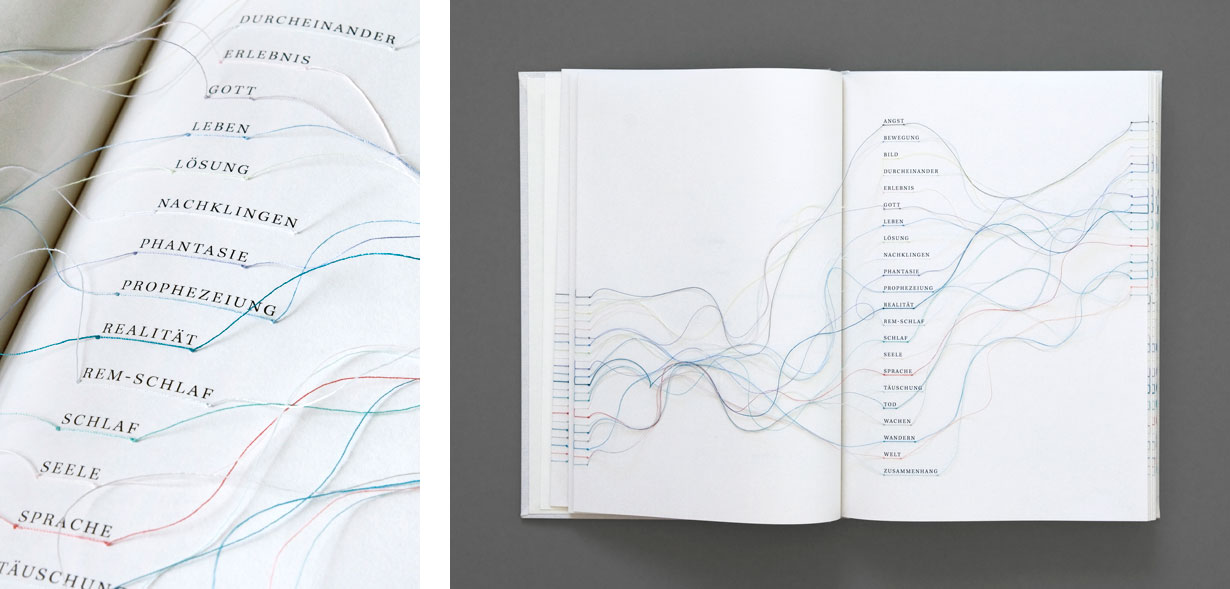
“The book “’Traumgedanken’ (“Thoughts on dreams”) contains a collection of literary, philosophical, psychological and scientifical texts which provide an insight into different dream theories.
To ease the access to the elusive topic, the book is designed as a model of a dream about dreaming. Analogue to a dream, where pieces of reality are assembled to build a story, it brings different text excerpts together. They are connected by threads which tie in with certain key words. The threads visualise the confusion and fragileness of dreams.”
More info here.
Art Thoughtz is a series of Youtube videos by Hennesy Youngman. Art history, advices for artists and curators and some philosophy too…
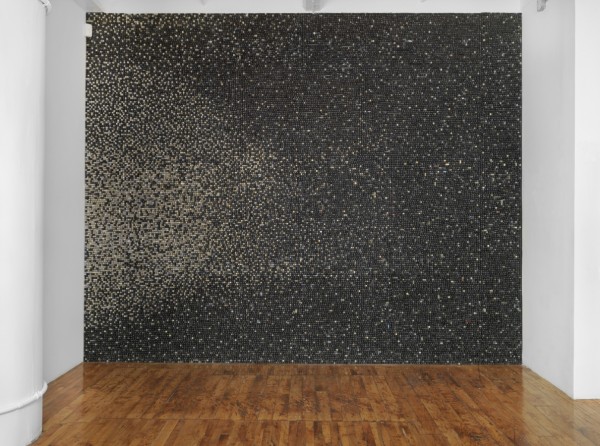

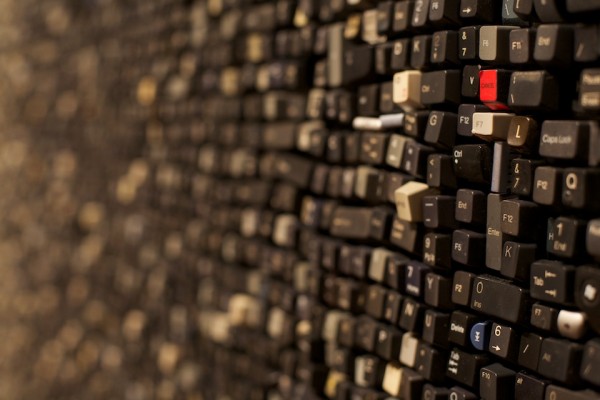
Sarah Frost uses thousands of keys from discarded computer keyboards to create enormous textured grids.
[via wewastetime]
Spy vs Spy, by Anthony Michael Sneed. Screen sharing via screen sharing…
[via mbf]

The italian artist group IOCOSE has thrown some real sunflower seeds on Ai Weiwei‘s porcelain ‘Sunflower Seeds’:
“The porcelain seeds, previously exhibited at the Turbine Hall at Tate Modern, are now part of a new artwork. The new artwork looks exactly the same as the previous one, as the natural seeds and those made of porcelain are indistinguishable from each other. IOCOSE reclaims the authorship of the new installation and reminds viewers of Ai Weiwei’s previous statement: ‘what you see is not what you see, and what you see is not what it means’.”
The latest fashion accessory is brought to you by Motoi Ishibashi and Daito Manabe….